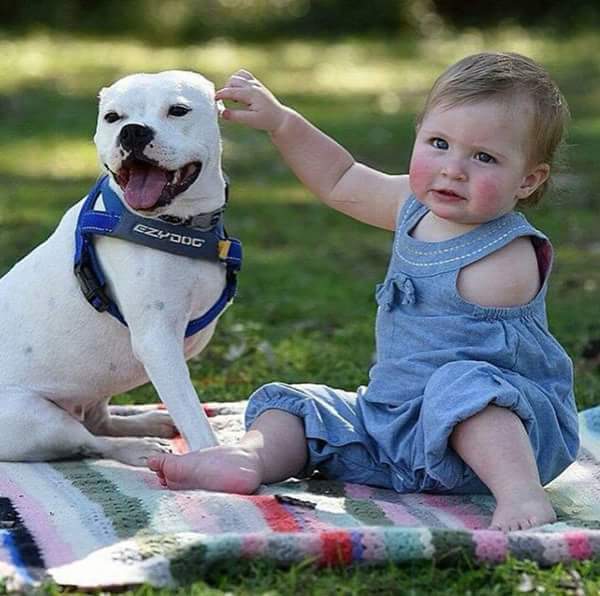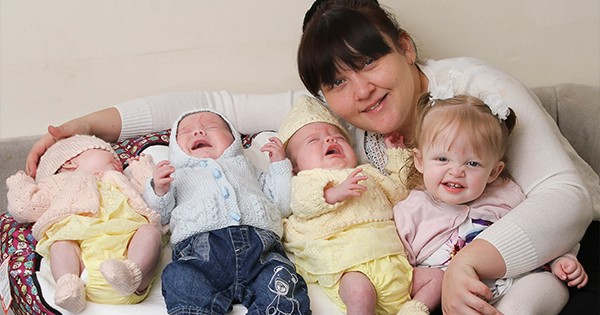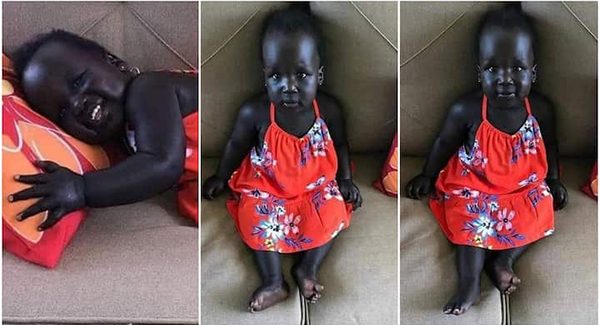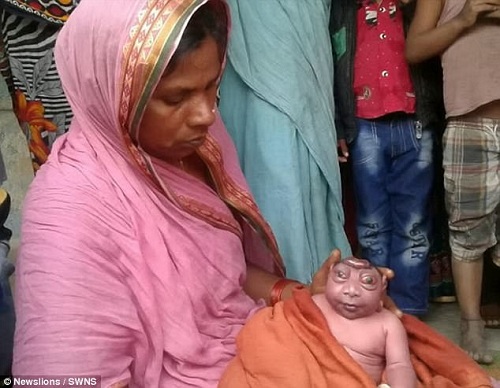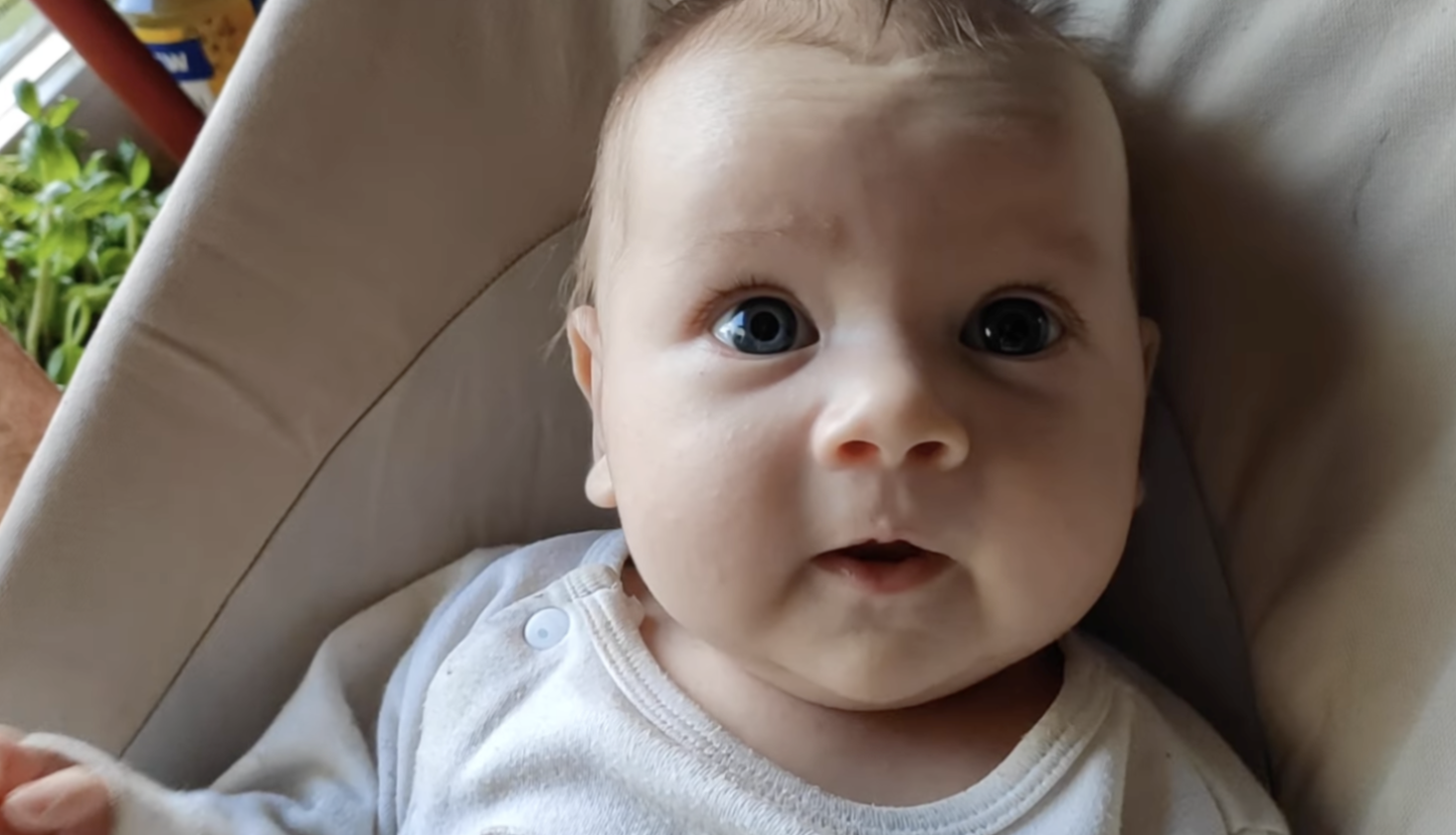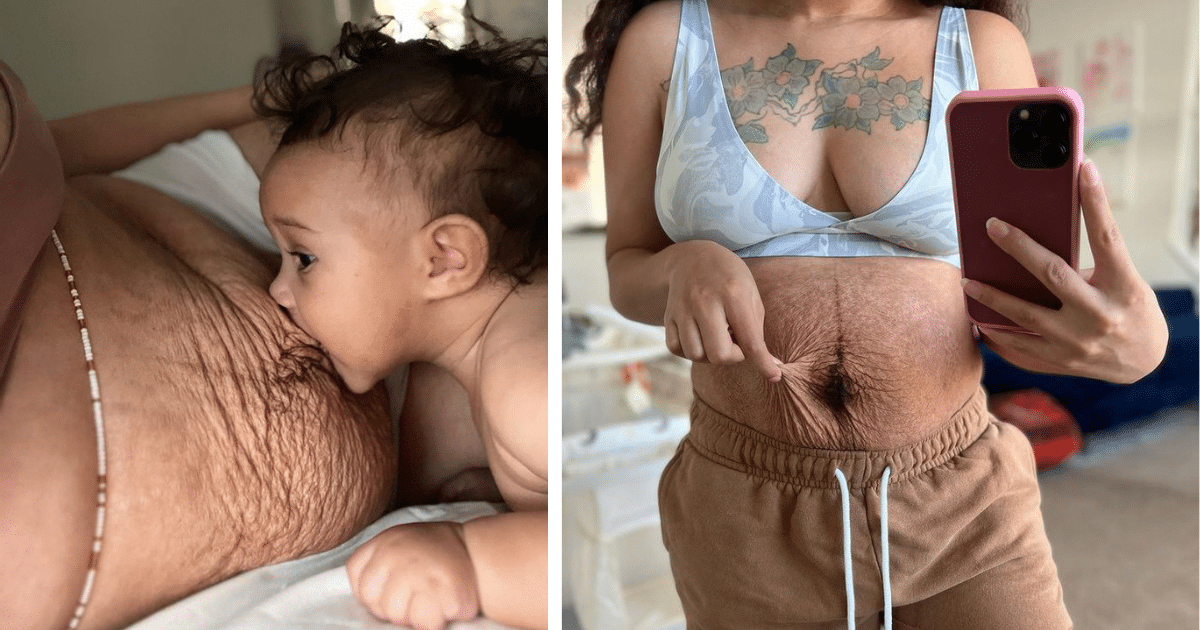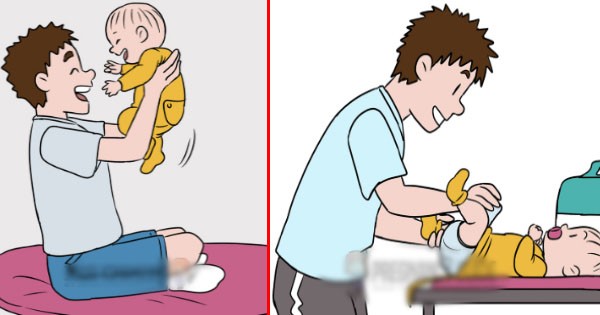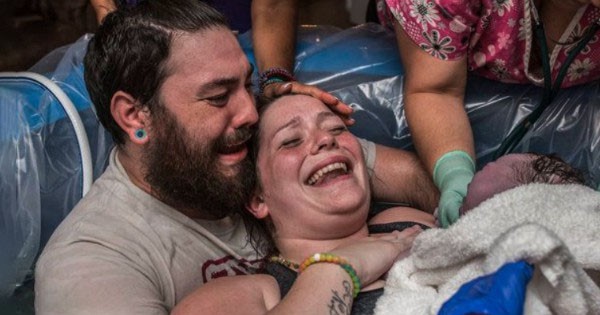

A 20-year-old woman from the Eastern Cape of South Africa gave birth to a daughter with an unusual condition. The birth took place at home since the baby had not yet arrived when contractions started. Family members, including the grandmother, provided assistance during the birth. However, upon the baby’s arrival, people immediately noticed her unique hands and features.

Instead of taking action, the young mother was taken to the hospital in a borrowed van where physicians assessed the situation. Due to the baby’s appearance, she stood out from other children and received immediate support. The condition of the child was discussed on social networks, with many expressing solidarity and empathy, while others criticized and labeled her negatively.

Petros Majola, director of the Khula Community Development Project, a children’s rights organization, believes that communities need to be educated about this matter. He emphasizes that the community should understand that the mother did not intend for her child to be born this way. There is no fault or choice involved in giving birth to a child with unique characteristics, and people must accept and embrace the child as she is.

Premature aging in infants, also known as progeria or Hutchinson-Gilford syndrome, is a rare genetic disorder characterized by accelerated aging and rapid physical decline in early childhood. This condition affects various aspects of the child’s development, including growth, appearance, and overall health.

Infants with premature aging often exhibit distinct physical characteristics such as hair loss, aged-looking skin, joint stiffness, and a small stature. They may also experience symptoms commonly associated with aging adults, including cardiovascular problems, skeletal abnormalities, and a weakened immune system. As a result, these infants are prone to a range of health complications and have a significantly reduced life expectancy.
The underlying cause of premature aging in infants is a genetic mutation that affects the production of a protein called lamin A. This mutation leads to the accumulation of an abnormal form of the protein, causing cellular dysfunction and premature aging. The condition is typically sporadic and not inherited, occurring as a result of a random genetic change during conception.
Due to the rarity of the condition, there is currently no cure for premature aging in infants. Treatment primarily focuses on managing the symptoms and providing supportive care to improve the child’s quality of life. This may involve a multidisciplinary approach with a team of healthcare professionals, including pediatricians, geneticists, cardiologists, and physical therapists. Additionally, ongoing research is aimed at understanding the underlying mechanisms of the disorder and exploring potential therapeutic interventions.
Living with premature aging presents numerous challenges for affected infants and their families. They require specialized medical care, emotional support, and educational resources to cope with the unique demands of the condition. Support groups and advocacy organizations play a crucial role in raising awareness, promoting research, and providing a network of support for affected families.
In conclusion, premature aging in infants is a rare genetic disorder characterized by accelerated aging and physical decline. While there is no cure currently available, medical management and support services can help improve the quality of life for affected children and their families. Continued research is essential to deepen our understanding of the condition and develop potential treatments in the future.
Please ‘SHARE’ this story with a friend or family member!


